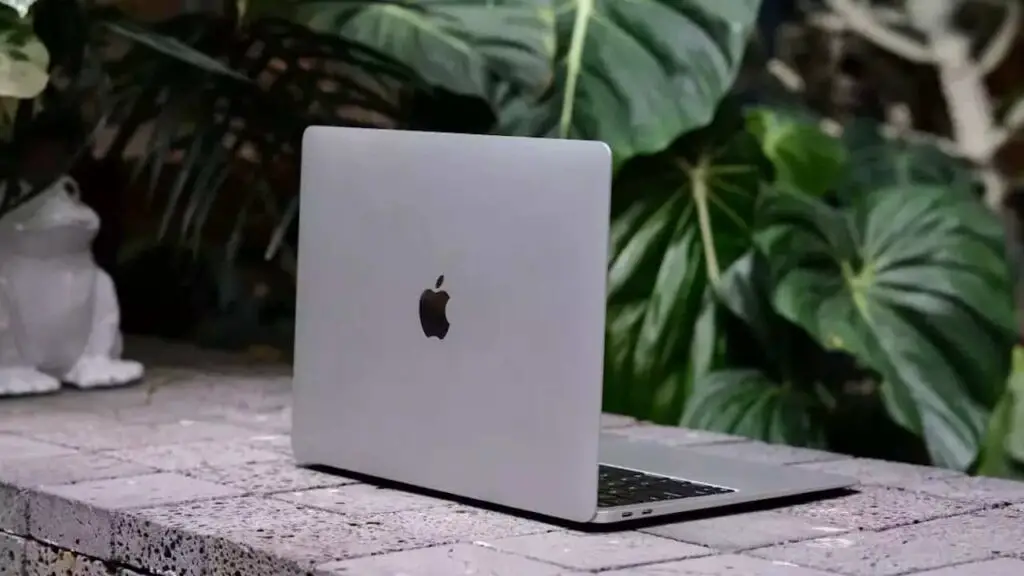In today’s world where time is money and productivity is key, having a slow Mac can be a real nightmare. Imagine the frustration of waiting endless minutes for a web page to load, or the helplessness of watching a program freeze at the worst possible moment.
A slow Mac not only affects your work, but it can also affect your mood and stress level. Not to mention that, over time, a slow computer can accumulate more serious problems that lead to costly repairs.
That’s why we bring you this tutorial to get your Apple computer back to the speed it had at the beginning and you can solve your daily tasks with the greatest efficiency and productivity.
Are you frustrated by your Mac running like a turtle? Don’t worry, there are several tricks you can use to get it lightning fast again!
Why is it important to have a fast Mac?
- Productivity: A slow Mac steals your time and prevents you from being productive. Tasks that should take minutes can take hours, creating stress and affecting your workflow.
- Creativity: If you work with multimedia content or design applications, a slow Mac can be a major obstacle to your creativity. Ideas can get left in the dustbin as you wait for your computer to respond.
- Enjoyment: A slow Mac prevents you from enjoying your favorite apps and games. The experience is marred by lag, stuttering, and crashes, making leisure a frustrating experience.

Basic settings for higher speed:
- Restart your Mac: Sometimes the simplest solution is the best. A simple restart can free up resources and fix temporary issues that are slowing down your system.
- Close unnecessary apps: How many browser tabs do you have open at once? Close apps and tabs you’re not using to free up RAM.
- Reduce startup items: Prevent unnecessary applications from opening when you log in. Go to Mac Settings > Users & Groups > Startup Items and remove any you don’t need.
- Clean up your desktop: A desktop full of files can affect Finder performance. Organize your files into folders or move them to other locations.
- Empty the Trash: Don’t forget to empty the trash from time to time! Files that are there are still taking up space on your disk.
- Turn off transparency and animations: If your Mac isn’t the latest generation, turning off some visual effects can improve performance. Go to Mac Settings > Accessibility > Display and turn on Reduce Transparency and Reduce Motion.
- Free up disk space: Delete large files you no longer need, such as duplicate movies, TV shows, music, and photos. You can use the Storage tool in Mac Settings to identify the files that are taking up the most space.
Apps that will help you optimize your Mac:
- CleanMyMac X: This app lets you remove unnecessary files, detect malware, and manage startup applications. It’s a complete tool to keep your Mac in good shape. [ Link with discount available ]
- QuitAll: Quit all open applications with a single click. Perfect for when you need to free up resources quickly.
- iStats Menu: Monitor your Mac’s performance in real-time. Shows you CPU, memory, battery, disk, and network usage. Ideal for identifying which processes consume the most resources.
Advanced Tips for Experienced Users:
- Reset NVRAM/PRAM: This process may fix issues related to the display, startup volume, and other settings. (For Intel-based Macs only)
- Run maintenance scripts: Manually run these scripts to make sure everything is in order. Open Terminal and run: “sudo periodic daily weekly monthly”
- Repair disk permissions: Disk Utility allows you to check and repair disk permissions if you suspect there are problems.
- Reinstall macOS: If all else fails, reinstalling macOS from scratch may be the ultimate solution. (Remember to have a backup first.)

